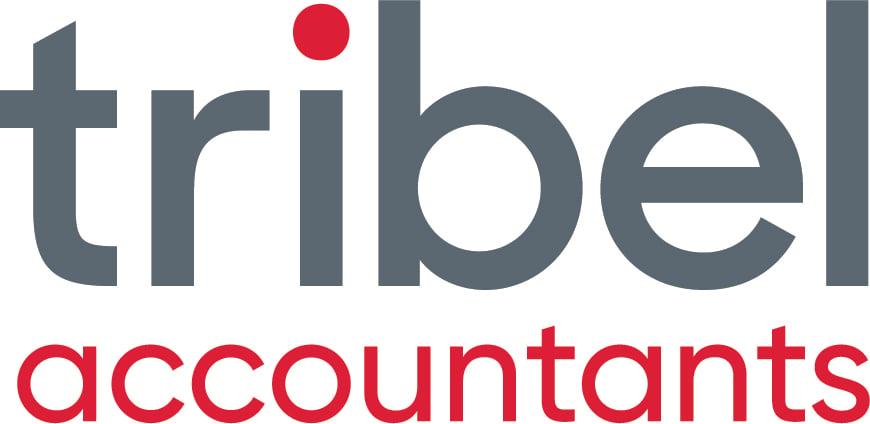INTRODUCTION:
Retailer Dick Smith collapsed in January this year with debts of approximately $400,000,000. As directors and key management face questioning in the Supreme Court this week, some startling admissions are coming to light that must make investors in businesses in general extremely nervous about how finances are handled.
This is a business that was bought by an equity group for $94,000,000 but was able to raise $500,000,000 just 15 months later. Yet did it have some of the most basic business advisory reporting functions?
The cause of the failure? Well, only time will tell. There are still a lot of questions to be answered.
Let's have a look at what has come out so far.

Figure 1: No cash flow forecasts at one stage? If they're good for small business then why not big business?
1. No Cash Flow Forecasts Or Three Way Budgets
Amazingly, when the new owners took over from Woolworths, there was no cash projections capability according to the CFO who then says these were put in. And yet, as inventory levels continued to rise a director on the Risk and Finance Committee has admitted that no thought was given as to how much cash would need to be generated in the short to medium term despite warning signs.
As best practice a small business accountant or small business advisor would recommend businesses should always keep track of cash and an eye on ongoing cash requirements. Making sure a business can pay its debts as and when they fall due would mean getting projections that are performed accurately and monitored particularly if warning signs such as inventory levels not dropping after peak periods and strain starting to be felt on cash reserves.
2. Recognising Supplier Rebates
If you book rebates as income before stock is sold, profits could be artificially created. When in business, taking up supplier rebates in the books before inventory has been sold is rather optimistic. Also (refer Point 4), buying stock with the best rebates will not work if customers aren't buying them. Yes, it will make the bottom line look good but will these rebates eventually be realised when stock continues to go up and sales remain stagnant so that minimum levels aren't reached? Rebates should only be recognised as to the certainty they would eventuate as stock is sold. It is not clear yet how the retailer was booking these but regardless, whatever your business it's important that stock that is bought should only recognise rebates appropriately. It's possible that rebates were being recognised correctly but this is an area where care should be taken to ensure all accounting standards are being met. We will continue to watch this with interest.
3. Paying Of Dividends
Paying dividends without thought to cash flow requirements as late in the piece (during 2015) seems puzzling particularly when things were getting shaky cash wise. In 2015 the company had made more profits but they had borrowed a net $70,000,000 from the banks. When I review inventory days I saw it rose from 100 days to 107 days in 2015. By my calculations, this means it needed an additional $20,000,000 in cash due to the additional delays (7 days) in turning their stock over. Supplier days dropped from 86 days in 2014 to 73 days in 2015 meaning another $33,000,000 had been used up. These would be worrying signs usually.
4. Poor Strategy
One of the directors has blamed an incompetent strategy by management in that the CEO decided to concentrate on private label goods and increase inventory levels. This was the reason he said the banks pulled the pin as they had no faith in management.
Buying stock just to get rebates would also be considered a risky strategy if this is what has happened. If the stock is not being sold quickly enough, all that will occur is a gradual increase in stock and a strain on cash reserves.
Naturally any business planning strategy should be well thought and research of customers, the market, the competition etc should be performed before launching headlong into it.
5. The Importance of Timely, Accurate Information & Analysis
There seems to be a lack of trust in the quality of information that was being presented to directors but this is where adequate planning and having solid cash flow forecasts and three way budgets are important as a variance in both profit and loss budgets, balance sheet budgets and cash flow budgets raises questions about where the company is heading.
This is why 3 way budgets are such powerful tools when managing risk whenever one is put in charge of a business's finances.
Being small business accountants and small business advisors, helping with these 3 way budgets, we can quickly pinpoint if our clients are on the road to disaster well before it occurs. We are passionate about this and one I am sure would have helped Dick Smith if these were accurately prepared and monitored.
CONCLUSION:
It's always easy after a collapse to point the finger. Was it the management, directors, the banks pulling the pin too soon, lack of sound business practices or just plain bad luck?
Let's wait and see but making sure that basic reporting functions are put in place will always help reduce the risk of experiencing a disaster.
If it's good enough for small business then it will be good enough for big business.


.png?width=100&height=100&name=COVID_Safe_Badge_Digital%20(002).png)




